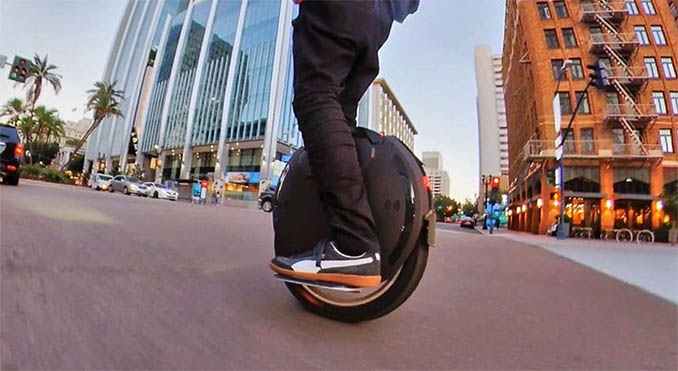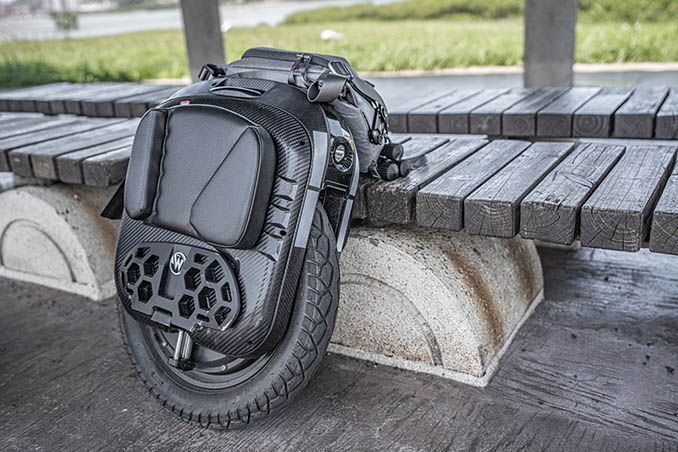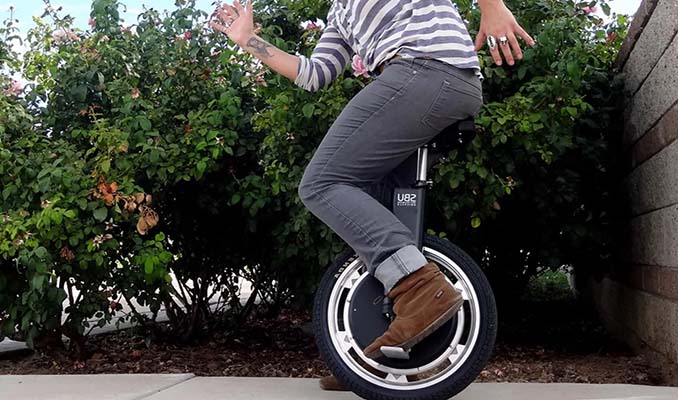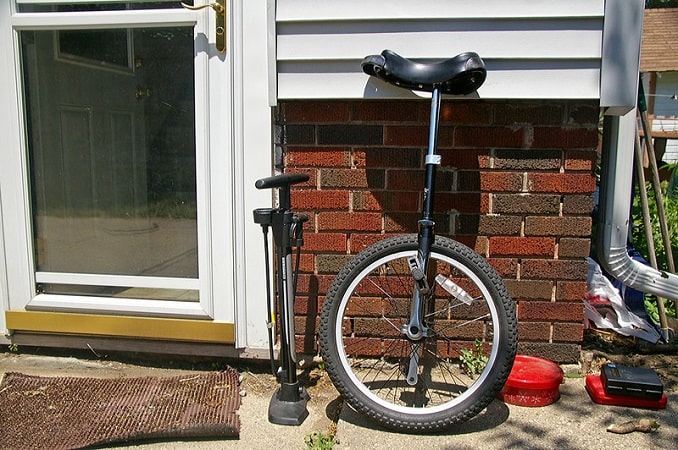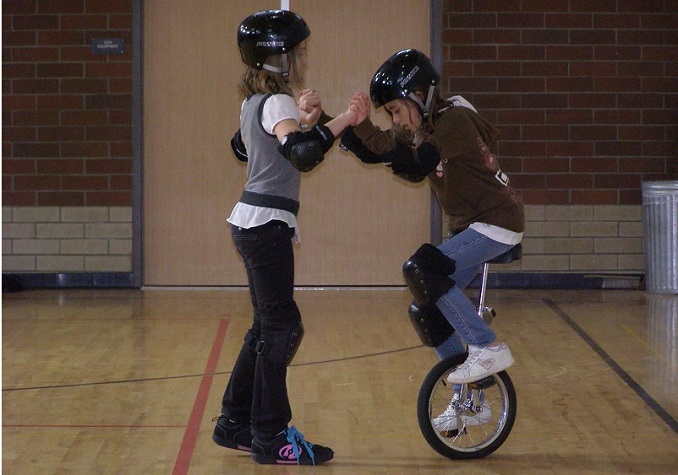As someone who enjoys alternative forms of transportation, I’ve always been fascinated by the Onewheel and unicycle. Both of these devices offer a unique way to get around and are sure to turn heads no matter where you ride them.
However, despite their similarities, there are some key differences between the Onewheel and unicycle that are worth exploring. In this article, we’ll break down those differences and help you decide which one is the better choice for you.
Understanding the Onewheel and Unicycle
Before diving into the differences between the Onewheel and unicycle, it’s important to understand what each device is and how it works.
What is a Unicycle?
A unicycle is a single-wheeled device that is powered by the rider’s pedaling. There are no handlebars or brakes on a unicycle, so the rider must use their balance and weight distribution to control the device. Unicycles come in a variety of styles, including freestyle, trials, and mountain unicycling.
What is a Onewheel?
A Onewheel is a self-balancing electric skateboard with a single wheel in the center. The rider stands on the board and controls it with their weight distribution, leaning forward to accelerate and backward to slow down or stop. Onewheels are designed for off-road use, with features like large tires and a powerful motor that can handle rough terrain.
Is a Onewheel considered a unicycle?
While both the Onewheel and unicycle are single-wheeled devices, they are not the same thing. Unicycles are powered by the rider’s pedaling, while Onewheels are electric and self-balancing.
Additionally, unicycles are typically used for performance or sport, while Onewheels are designed for off-road adventure and transportation.
Related:
- Electric Unicycle vs Onewheel: Which One is the Right Choice for You?
- Unicycling Balance Tips and Tricks for Riders of Any Skill Level

Onewheels are electric and self-balancing
Onewheel vs. Unicycle: Key Differences
Now that we have a basic understanding of what a unicycle and Onewheel are, let’s take a closer look at how they differ.
Riding experience: Onewheel vs. Unicycle
One of the biggest differences between the Onewheel and unicycle is the riding experience. Unicycles require a lot of practice and skill to ride, as the rider must constantly balance and pedal to keep the device moving.
Onewheels, on the other hand, are designed to be more user-friendly and intuitive. The self-balancing technology makes it easier for beginners to get the hang of riding, and the large tires and powerful motor allow riders to tackle more challenging terrain.
Which one is easier to ride?
While both devices require some level of skill to ride, the Onewheel is generally considered to be easier for beginners.
The self-balancing technology makes it easier to stay upright and the intuitive controls allow riders to focus on enjoying the ride rather than worrying about falling off.
Unicycles, on the other hand, require a lot of practice and coordination to ride, and it can take weeks or even months to become proficient.
Safety features: Onewheel vs. Unicycle
Another key difference between the Onewheel and unicycle is the safety features. Onewheels come with a variety of safety features, including LED lights for visibility at night, automatic shut-off when the battery is low, and low-speed mode for beginners.
Unicycles, on the other hand, have few if any safety features and riders must rely solely on their own skills and judgment to stay safe.
Pros and Cons of Onewheel and Unicycle
Now that we’ve explored the key differences between the Onewheel and unicycle, let’s take a look at some of the pros and cons of each device.
Onewheel Pros
- Self-balancing technology makes it easier for beginners to ride
- Powerful motors and large tires allow riders to tackle rough terrain
- Safety features like LED lights and low-speed mode help keep riders safe
Onewheel Cons
- Expensive compared to other electric skateboards
- Limited range (typically around 6-8 miles per charge)
- Heavy and bulky, making it difficult to carry when not riding
Unicycle Pros
- Extremely maneuverable, making it easy to navigate tight spaces
- Provides a great workout for the rider
- Can be used for a variety of styles, including freestyle and mountain unicycling
Unicycle Cons
- Difficult to learn and requires a lot of practice
- No safety features, making it more dangerous to ride
- Limited to flat terrain and cannot handle rough terrain

Difficult to learn a Unicycle
Frequently Asked Questions
Is a Onewheel easier or harder to ride than a unicycle?
The difficulty of riding a Onewheel or a unicycle depends on the individual rider’s experience and skill level. However, the Onewheel’s motorized assistance can make it easier to learn than a unicycle.
Can you perform the same tricks on a Onewheel as you can on a unicycle?
While some tricks on a Onewheel may be similar to those on a unicycle, the two devices are different enough that most tricks are unique to each.
What are the main features of a Onewheel that distinguish it from a unicycle?
The main features that distinguish a Onewheel from a unicycle are the electric motor, the footpads instead of pedals, and the board instead of a seat.
Which is safer Unicycle or Onewheel?
Is it difficult to ride a Onewheel?
Riding a Onewheel can be challenging for beginners, but with practice and proper safety gear, most people can learn to ride it. It is recommended to start with slow speeds and on flat, even surfaces before attempting more advanced maneuvers or off-road riding.
Conclusion: Which one is the better choice?
In conclusion, whether a Onewheel is considered a unicycle or not may be a matter of interpretation.
While it shares some similarities with unicycles, the addition of self-balancing technology, larger wheels, and a motor makes it unique and exciting electric transportation. The classification of the Onewheel as a unicycle may not matter as much as the enjoyment it brings to riders.
As technology continues to advance, we can expect to see more innovative modes of transportation that blur the lines between traditional categories. It’s important to keep an open mind and embrace these changes, rather than being stuck in rigid definitions.
So, which one is the better choice: the Onewheel or unicycle? Ultimately, the answer depends on your personal preferences and needs.
Regardless of which device you choose, be sure to practice safety and wear appropriate protective gear when riding. With the right equipment and a bit of practice, you’re sure to have a blast exploring the world on a single-wheeled device.










